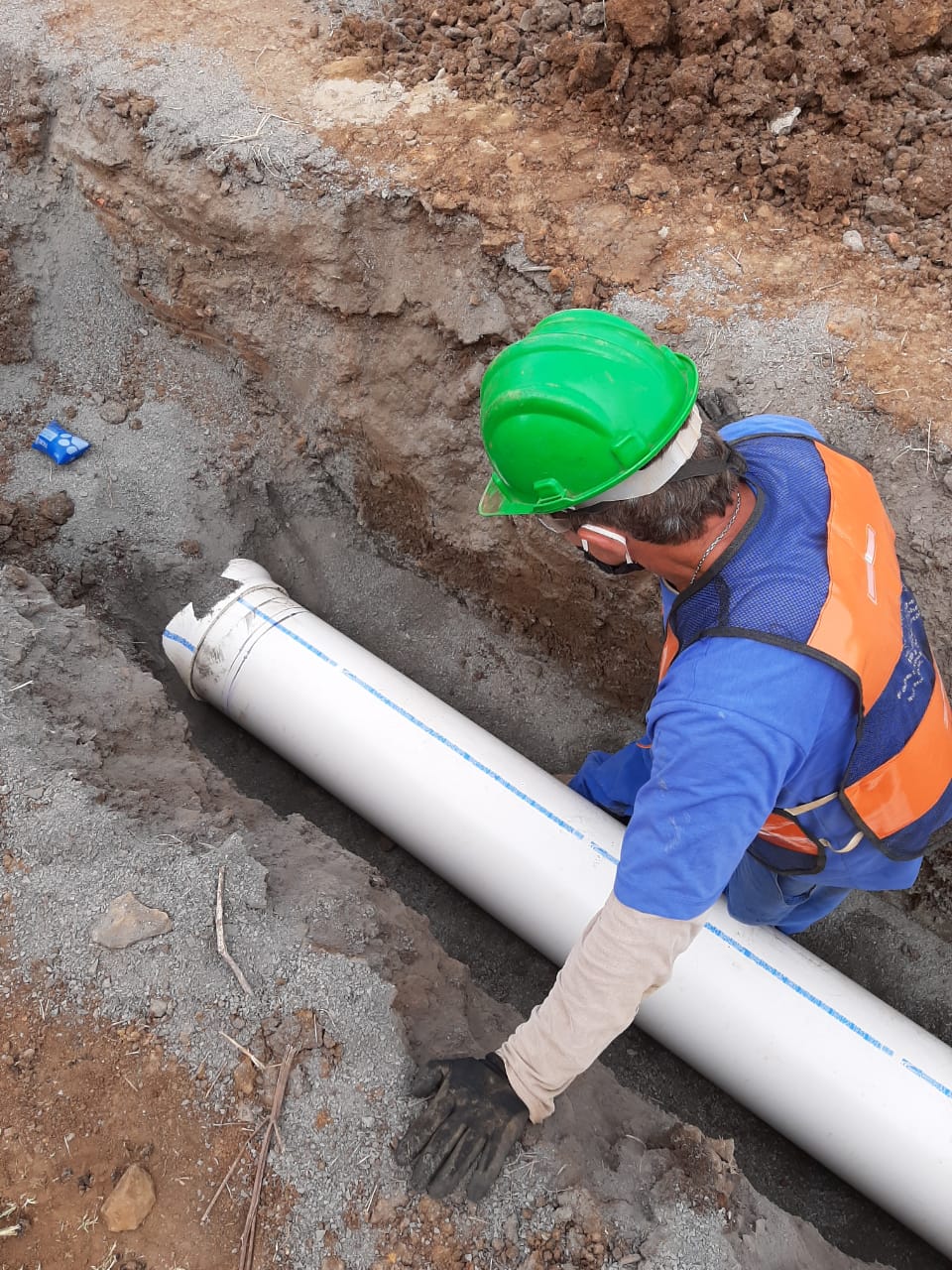
(Humus or humic is used to describe organic matter that has been stabilised by decomposition processes.) It is safe to handle and readily used as fertiliser in agriculture or can be disposed of safely.

After this period, the material (humus soil) in the first pit can be taken out manually. Meanwhile, the first pit will stay sealed for a period of 6–9 months, during which time the waste will decompose and any pathogenic microorganisms will die. You then use the second pit until that is full. When the first pit is filled with excreta up to about 50 cm below the slab, it is taken out of use and the remaining space is filled with grass and vegetation materials that can be composted. In double pits, while one is filling with excreta, the second pit remains out of service. Pit latrines can have a single pit or double pit. (Photos: Pam Furniss, Abera Kumie, Worku Tefera) Latrine Technology Options, published by the Federal Ministry of Health, is a useful reference.įigure 20.2 Pit latrine superstructures can be built of different materials as long as they provide privacy and protection from the weather. Although the techniques described are not complicated, the latrines need to be designed and built in the correct way and you may need to seek out further details or expert advice if you wish to promote the installation of some of these different types of latrine.

It should be noted that we do not have space here to include all the technical construction details. This study session will provide some practical details about the different types of latrine and how they should be constructed.

In most rural situations, a dry latrine of some sort will probably be the most appropriate technology to choose. In Study Session 19, we described the various methods of liquid waste management and discussed the issues that need to be considered when choosing appropriate sanitation technologies. Latrine Construction Study Session 20 Latrine Construction Introduction Hygiene and Environmental Health Module: 20.


 0 kommentar(er)
0 kommentar(er)
